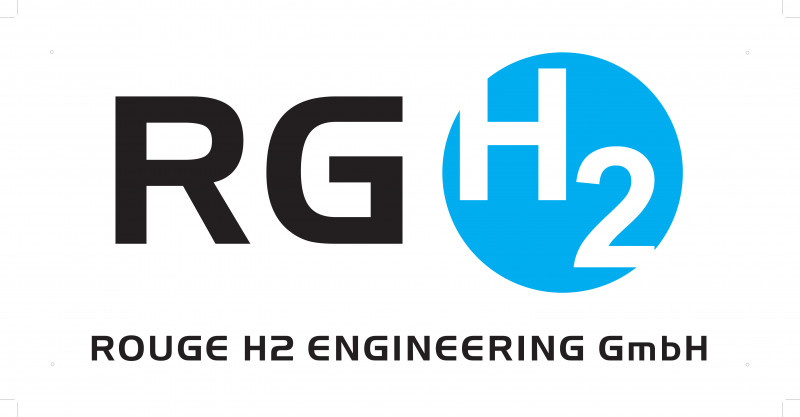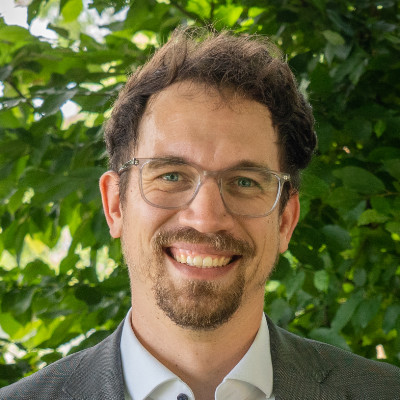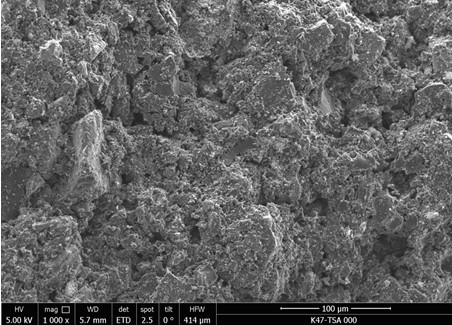SynClean
Die Gasreinigung stellt einen großen Unsicherheitsfaktor in Vergasungsprozessen dar. Wenn das Gas für Syntheseprozesse verwendet wird, muss eine hohe Reinheit (wenig Verunreinigungen durch Schwefel oder Aromaten) und ein niedriger Taupunkt zur Vermeidung von Kondensation im Kompressor sichergestellt werden.
Durch Versuchsreihen im Labor konnte ein Vorhersagemodell für die adsorptive Entfernung von Aromaten und Schwefelkomponenten entwickelt werden. Dieses Modell wurde durch diverse Versuche bestätigt. Teertaupunkte von -14°C konnten gemessen werden.
Eine erfolgreiche Umsetzung der Schwefelentfernung konnte bereits gemeinsam mit der Firma RGH2 in ihrer Wasserstoffproduktionsanlage demonstriert werden.
Ausgangslage:
- Gasreinigung oft Problem in Syntheseprozessen
- Hoher Kostenfaktor / wenig erforscht
- Gase müssen „Kompressortauglich“ sein
Methodik:
- Versuchsreihen im Labor
Ergebnisse:
- Reduktion des Gastaupunktes auf -14°C à Kompressortauglich
- Vorhersagemodell für Entfernung Teer und Schwefelkomponenten
Anwendung:
- Wasserstoffproduktion von RGH2 erfolgreich eingesetzt
Projektlaufzeit
2019-04-01 - 2020-09-30
Finanzierung
FFG, COMET
Projektpartner
Rouge H2 Engineering GmbH

Area Management

Matthias Kuba
matthias.kuba@best-research.eu

Gerald Weber
gerald.weber@best-research.eu
